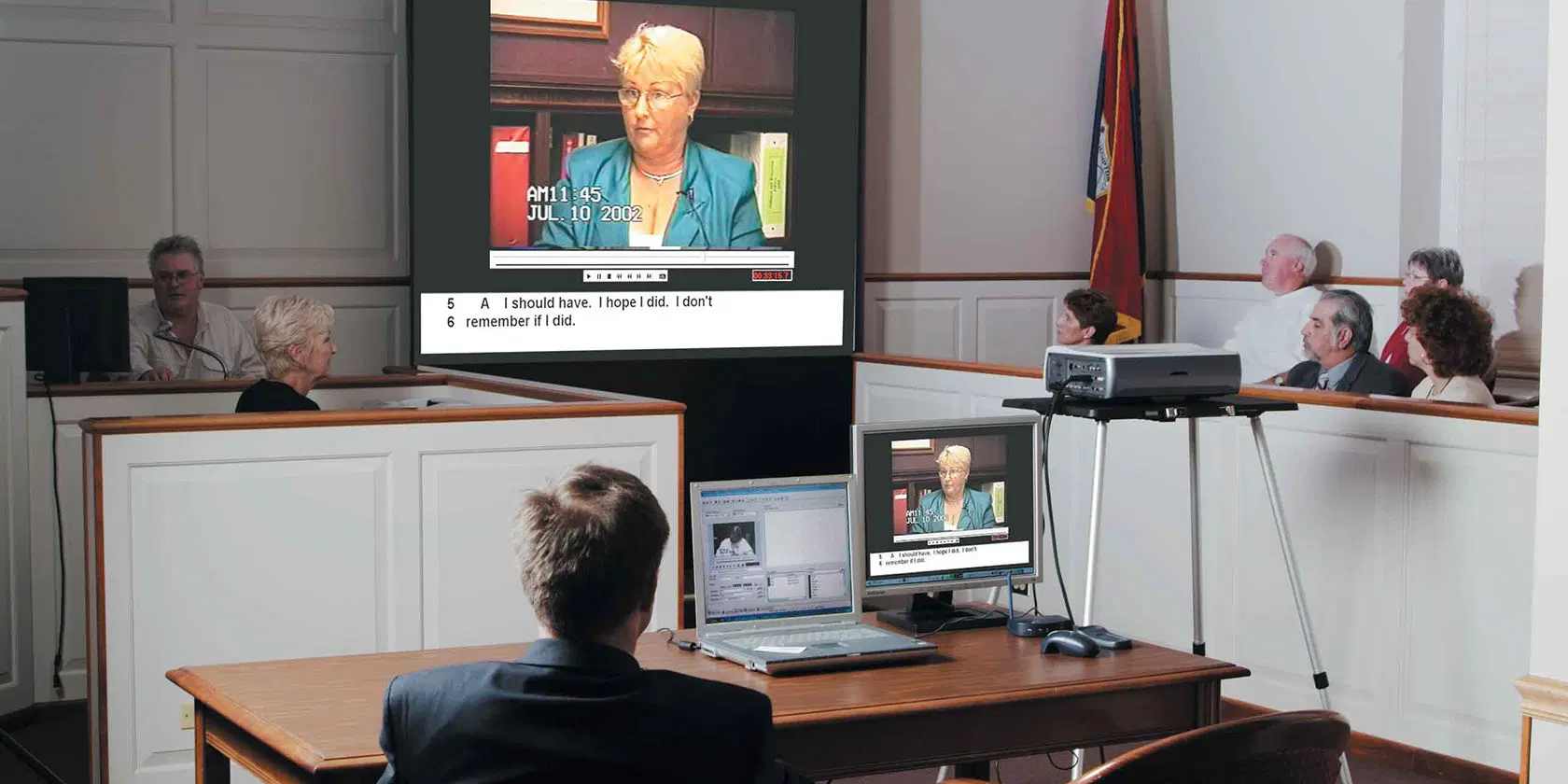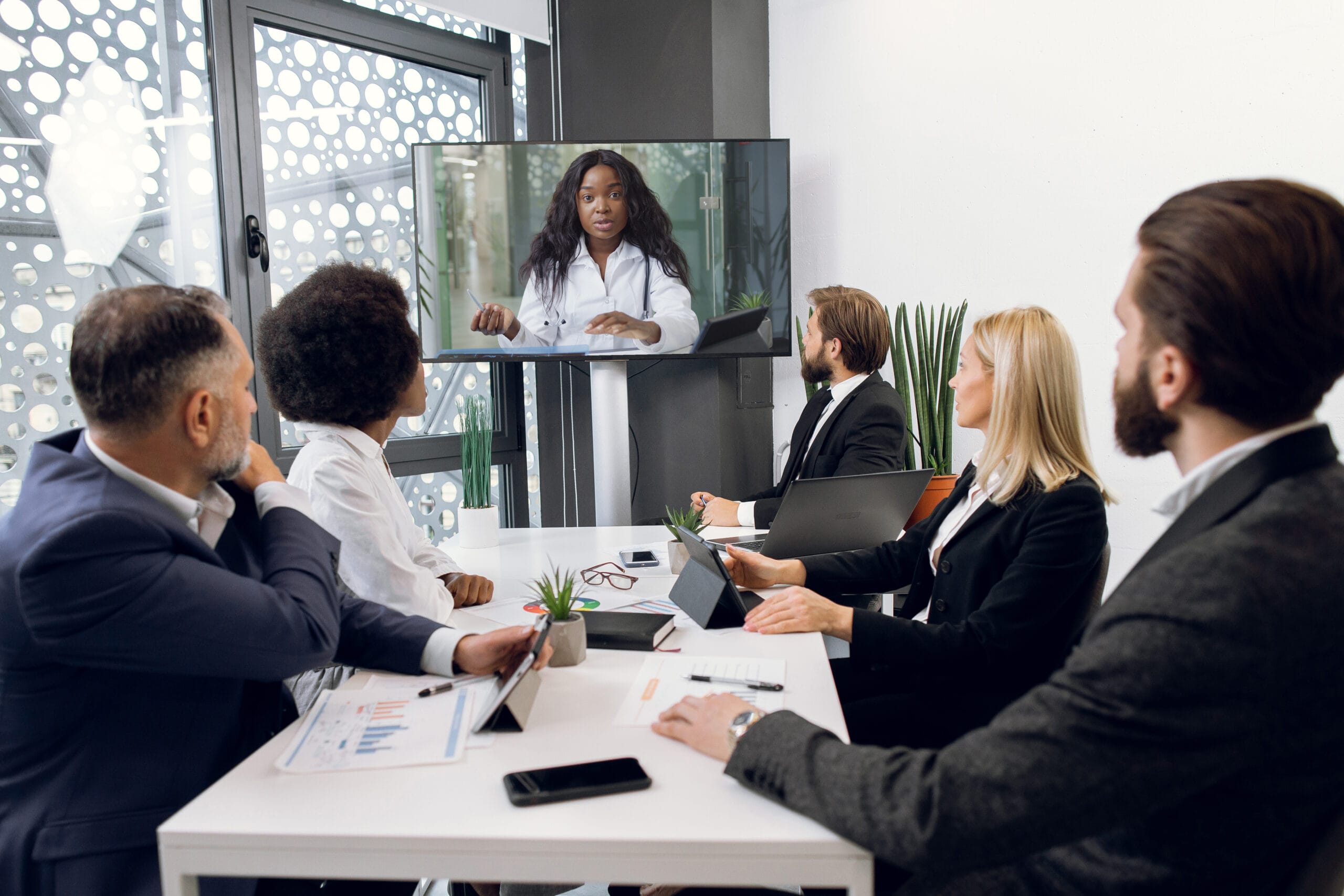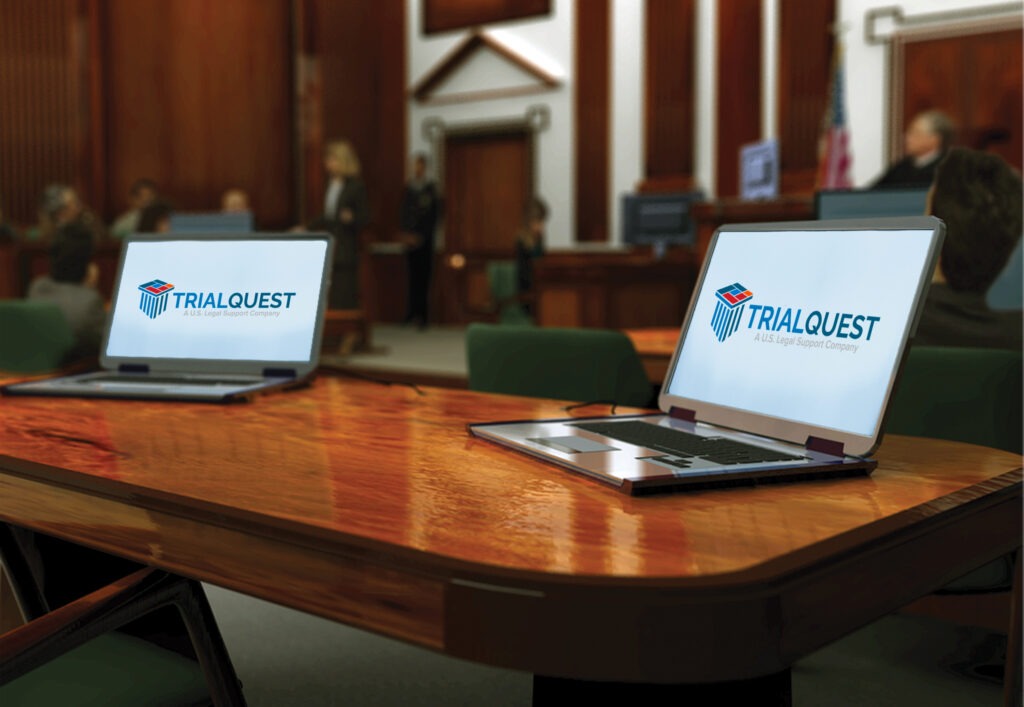Law firms rely on powerful trial presentations to present evidence clearly.
Law firms rely on powerful trial presentations to present evidence clearly.
Blog Article
Exactly How Test Presentations Enhance Your Disagreement and Convince Jurors
Trial presentations act as an essential device for boosting lawful arguments and persuading jurors. By incorporating visual help, narrative frameworks, and psychological engagement, attorneys can develop a compelling case that resonates on multiple levels. The calculated usage of visuals not just makes clear complicated information however likewise records jurors' interest better than words alone. The art of narration plays a similarly important duty in transforming accurate evidence into a compelling narrative, forming jurors' perceptions. Understanding these aspects can considerably impact trial outcomes, increasing the inquiry of how each element adds to this intricate dynamic.

Significance of Aesthetic Help
Visual help play a critical function in enhancing the performance of test presentations, as they can dramatically boost audience engagement and retention of info. In the context of a test, where jurors are charged with processing facility information, aesthetic aids offer to simplify and make clear crucial points. Charts, charts, and pictures can convey data and concepts that may or else overwhelm or perplex jurors, permitting an extra simple understanding of the proof provided.
In addition, visual aids aid in preserving juror focus throughout the proceedings. By damaging the monotony of verbal testament, these tools can stress critical disagreements, making them more unforgettable. Reliable visual aids can additionally evoke emotional feedbacks, which can be pivotal in convincing jurors to straighten with the presenter's narrative.

Crafting Engaging Narratives
An engaging story is vital in test presentations, as it works as the foundation of reliable persuasion. It allows lawyers to weave with each other facts, evidence, and psychological elements into a meaningful tale that reverberates with jurors. This narrative structure allows jurors to understand the complexities of the case while leading them through the attorney's debate.
To craft an engaging story, lawyers need to concentrate on quality and comprehensibility. In addition, the usage of dazzling summaries can produce psychological pictures that assist jurors imagine the events, making the narrative more memorable.
Moreover, integrating vital motifs throughout the discussion strengthens the core message and aids in retention - trial presentations. The narrative should not only share details however likewise evoke a feeling of justice, highlighting the risks included. Eventually, a well-constructed story cultivates a connection between the jurors and the case, placing the attorney's argument as both reliable and compelling, thereby increasing the chance of a desirable decision

Involving the Jury Emotionally
Reliable jury involvement rests on the lawyer's capability to get in touch with jurors on a psychological level. This connection can significantly affect jurors' perceptions and their best decision-making. Utilizing sob stories permits attorneys to humanize the situation, transforming abstract legal ideas right into relatable experiences. By providing real-life tales or reviews, lawyers can evoke compassion and concern, promoting a much deeper understanding of the issues at stake.
Aesthetic help, such as photographs or videos, can additionally boost emotional interaction, giving jurors with vivid depictions of the instance's human elements. Crafting a narrative that highlights the struggles and victories of the people entailed ensures that jurors see beyond the legal debates and identify the human consequences of their decisions.
Additionally, tone and body movement play a crucial role in communicating emotion. An attorney's enthusiastic shipment can reverberate with jurors, enhancing their psychological financial investment in case. It's important to balance sob stories with accurate evidence, making sure that jurors really feel forced to act while continuing to be based in the fact. Inevitably, a psychologically involved court is more probable to be convinced, making emotional connection go to my site an important element of effective trial presentations.
Structuring Your Discussion

The body of the discussion must be realistically segmented right into bottom lines, each sustained by compelling proof. It is useful to use narration methods to weave realities right into a narrative that jurors can quickly follow. Aesthetic aids, such as graphes and videos, can boost comprehension and involvement, assisting to highlight crucial items of evidence.
Real-World Study
Examining real-world case research studies gives invaluable insights into the art of test discussions and persuasion. The protection group effectively utilized a method that incorporated top-level expert testimonies with multimedia presentations, which mesmerized jurors and eventually affected their choice.
An additional remarkable example is the "McDonald's Coffee Case," where the plaintiff's attorneys utilized graphic images of the injuries go to my site suffered by Stella Liebeck. trial presentations. This plain visual evidence played a vital function in sharing the extent of her burns, bring about a substantial court honor. Such instances show that impactful trial presentations typically depend upon the effective integration of visuals and storytelling to stimulate psychological feedbacks from jurors
In addition, the "Casey Anthony Test" highlighted the value of narrative coherence and trustworthiness. The prosecution's failure to establish an engaging timeline lessened their influential power, highlighting the requirement of a well-structured presentation. Analyzing these instances exposes that successful trial discussions need tactical planning, psychological interaction, and the ability to resonate with check here jurors' worths and beliefs.
Conclusion
Trial discussions considerably boost arguments and encourage jurors through the critical use of aesthetic help, compelling stories, and psychological engagement. A well-structured discussion equilibriums emotional allures with factual evidence, inevitably resonating with jurors' values.
Report this page